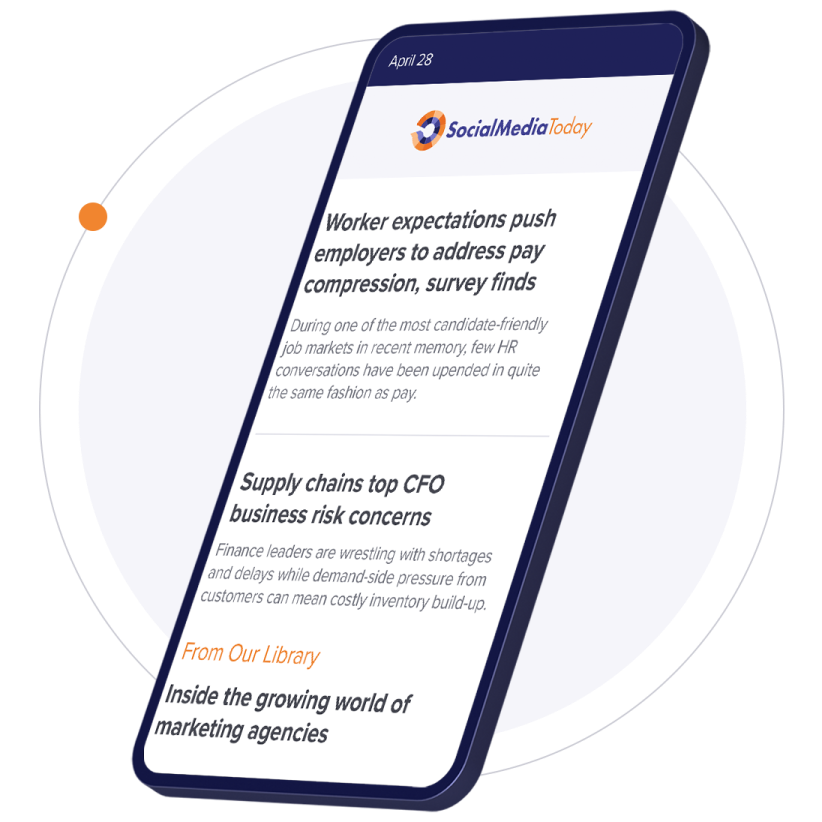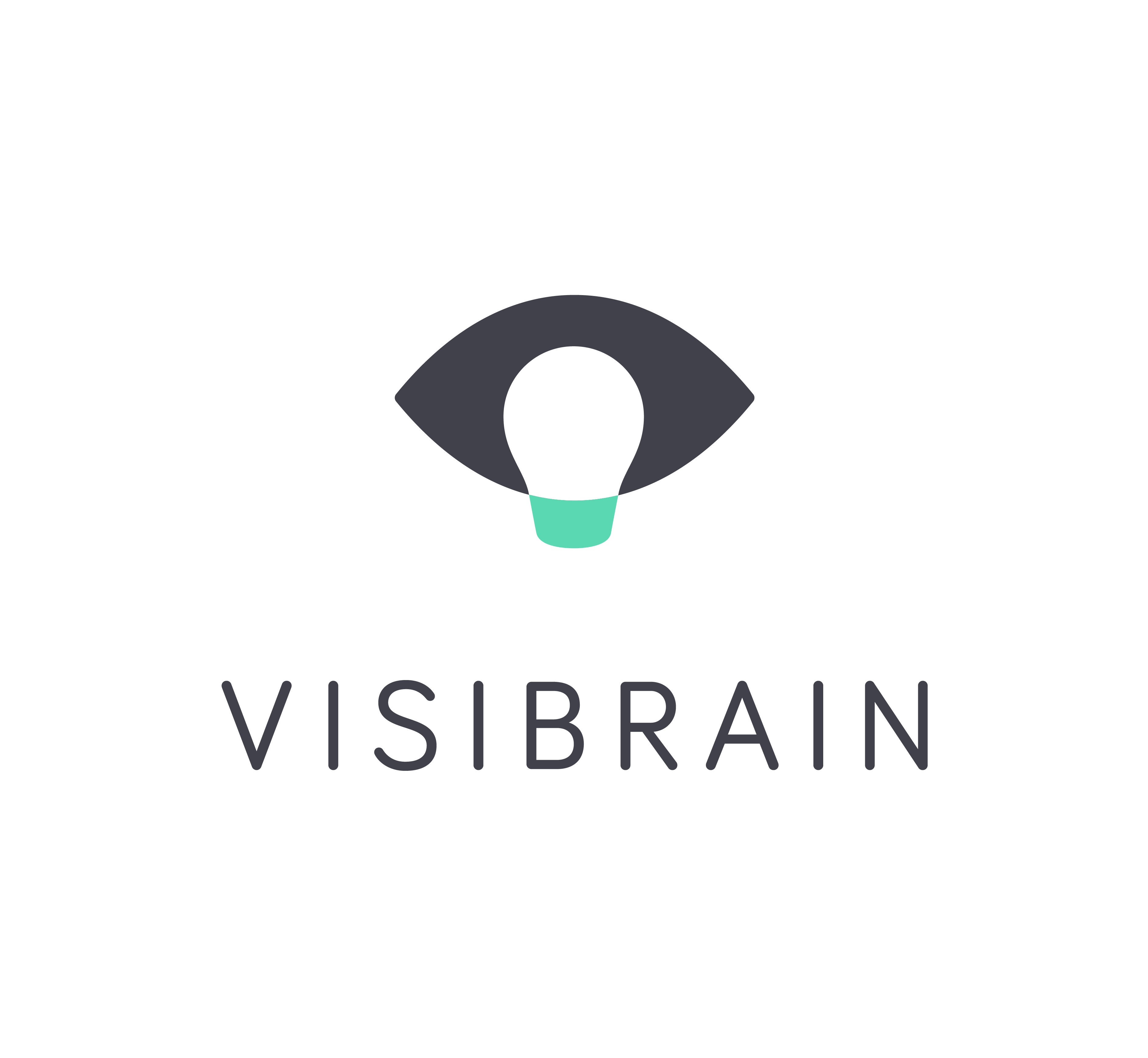Due to the increasing importance of social media platforms, there is a growing pressure on contact centers to develop customer care programs around these channels. The emerging field of social care is being handled differently by different organizations. Some firms are using social media channels to 'listen' to customers to improve marketing, products and support. Others are 'engaging' with customers to address individual issues and reduce the volume of traffic to other support channels.
According to Gartner, enterprises are just starting to adopt and deploy social care programs:
"In 2010, only 5 percent of organizations took advantage of social/collaborative customer action to improve service processes; however, customer demand and heightened business awareness is making this a top issue among customer service managers," Mr. Kraus said. "At current trajectories, within five years we expect that community peer-to-peer support projects will supplement or replace Tier 1 contact center support in more than 40 percent of top 1,000 companies with a contact center."
Yet at the end of the day, it may be customers who  have the most influence on how social care programs evolve. Savvy customers pressure organizations by asking questions on social networks and expecting responses. These customers are getting faster responses to their issues through social channels than the traditional contact center because companies don't want to appear unresponsive in public forums. Social media is opening a back door into customer service, forcing companies to formalize their approach to social care.
have the most influence on how social care programs evolve. Savvy customers pressure organizations by asking questions on social networks and expecting responses. These customers are getting faster responses to their issues through social channels than the traditional contact center because companies don't want to appear unresponsive in public forums. Social media is opening a back door into customer service, forcing companies to formalize their approach to social care.
As contact centers get further involved in social care, they are finding the magnitude of conversations can seem overwhelming. In reality, however, not all social conversations require a response. Companies depend on robust listening platforms to filter and prioritize relevant social conversations from inappropriate or extraneous chatter. Technology platforms are evolving with the ability to automatically score posts based on relevance, urgency and influence. As a result, conversations requiring immediate attention are prioritized, and no time is wasted manually sifting through hundreds of posts to find hot issues.
Another consideration for social care programs is channel redirection. A dilemma arises when customer issues are too complex or sensitive to solve in the social media channel of original contact. In these situations, agents should request to move the conversation to a more secure or private channel, such as chat or voice. We call this "channel redirection" and it does have its benefits: customers get quicker resolution to their complex problems, while companies route customers to agents with the right skills. It's still a win for both sides.
The key to success for any social care program is ensuring your center has the technology and infrastructure in place early. It will be important that your program can manage high volume and that your agents can seamlessly transition between channels. Fortunately, technology is rapidly evolving to support social care. Keeping a pulse on the vendor landscape for tools and platforms will help you stay ahead.
How is social customer service becoming part of your contact center strategy?






